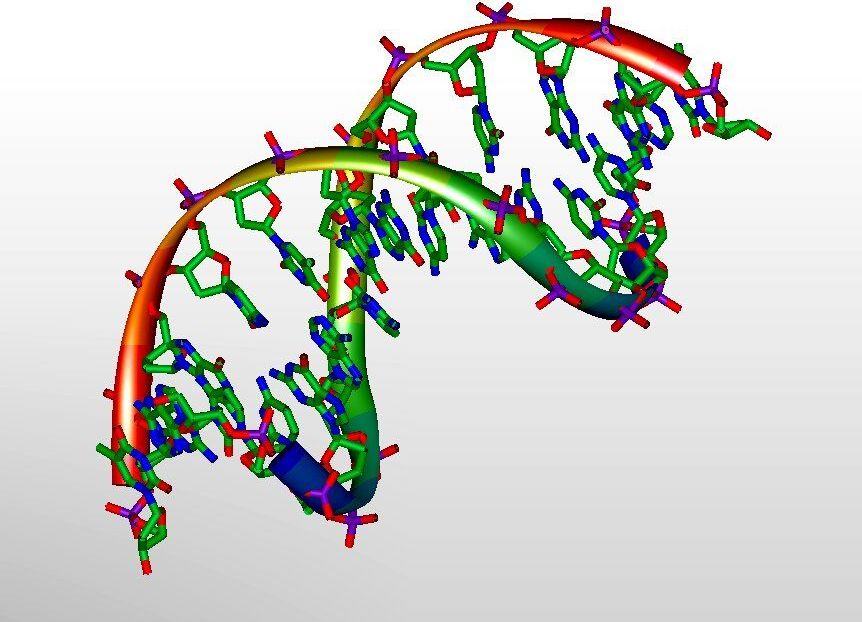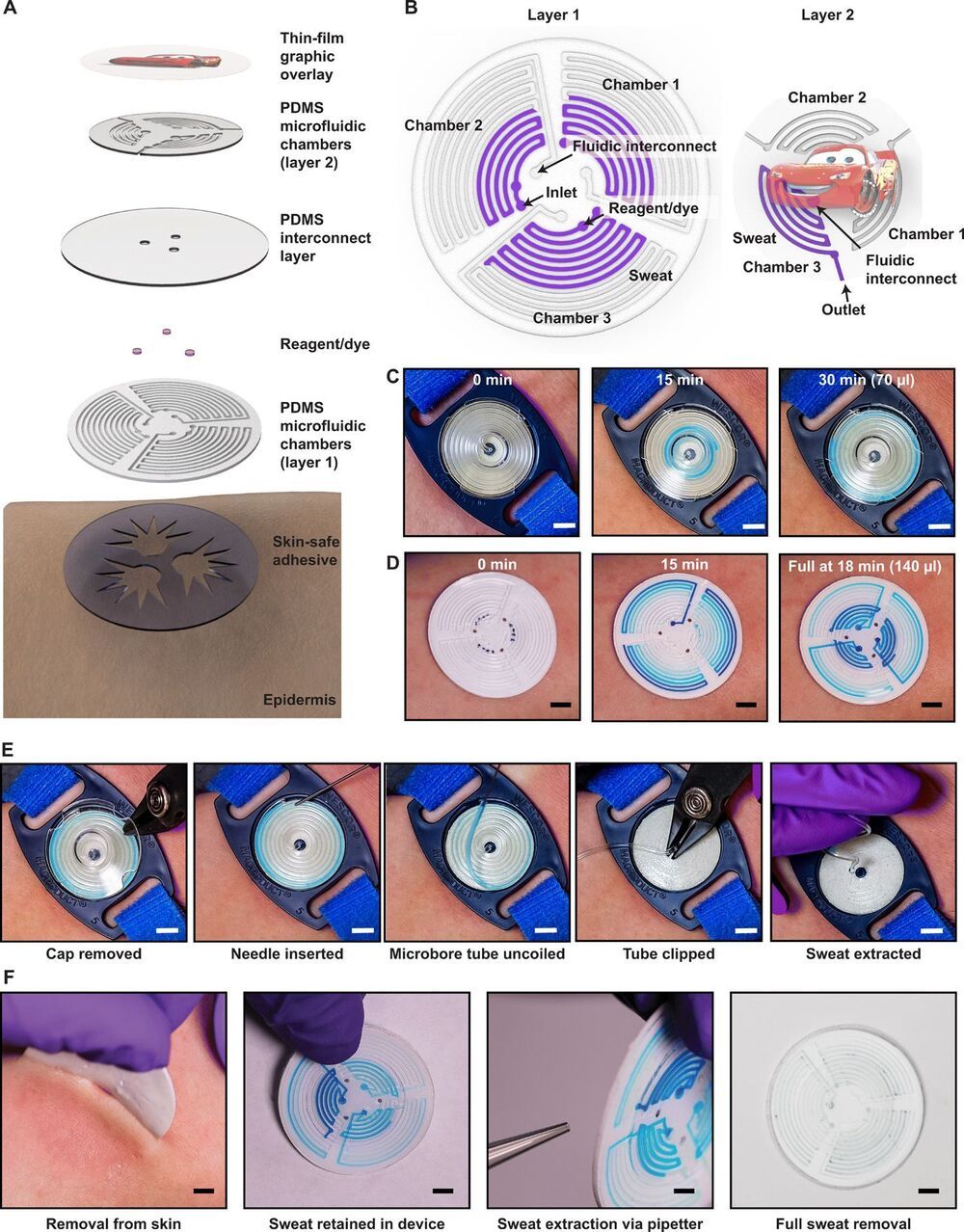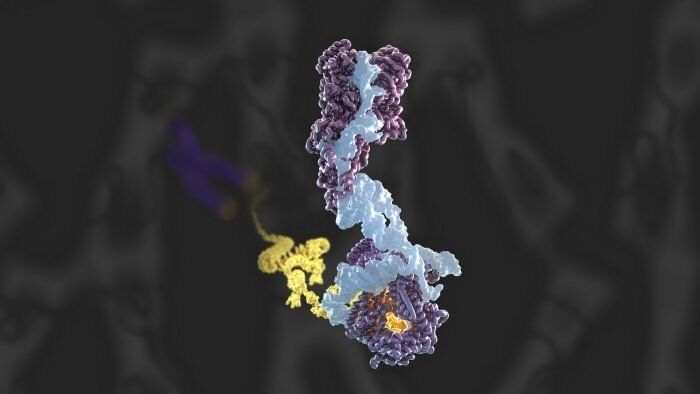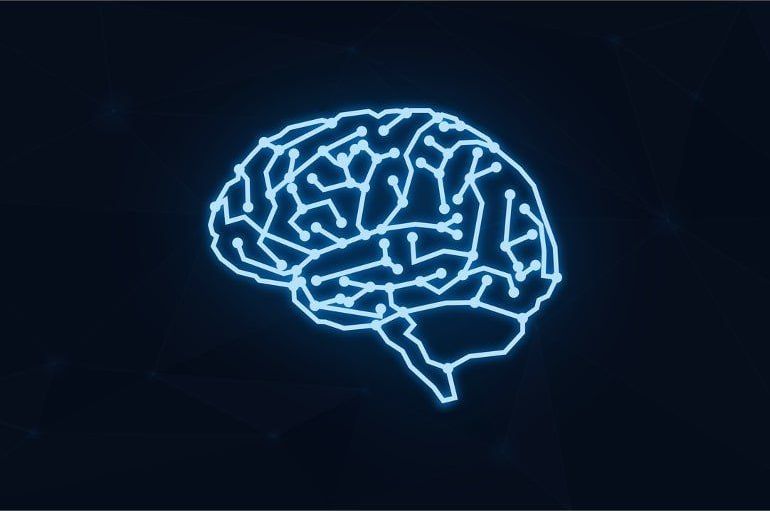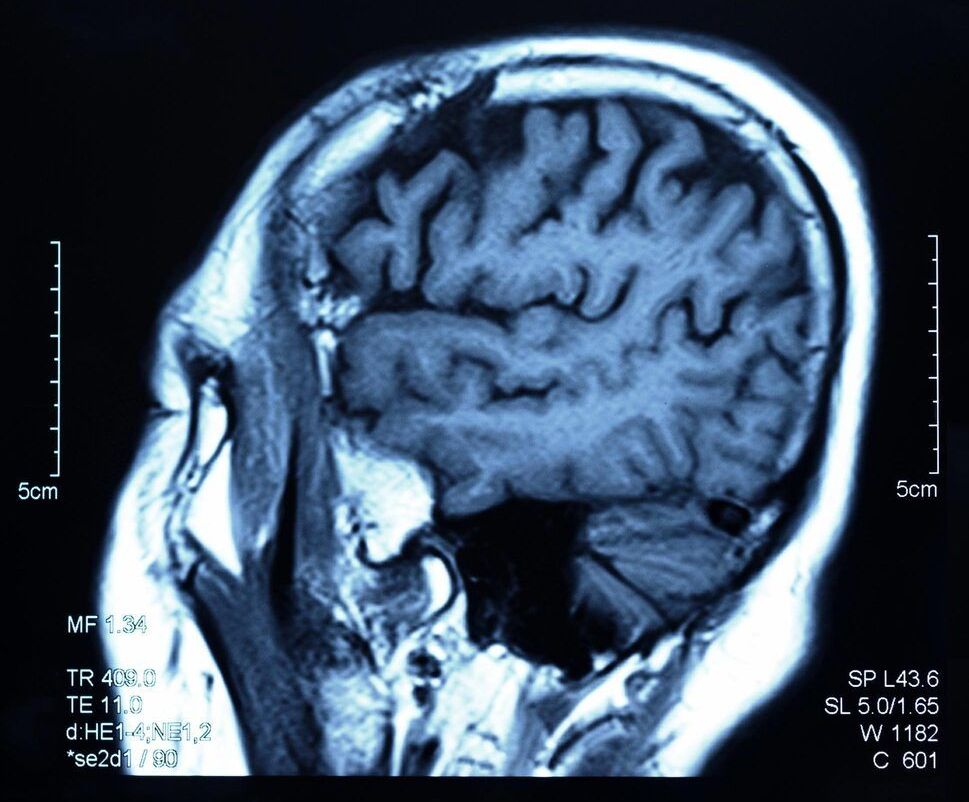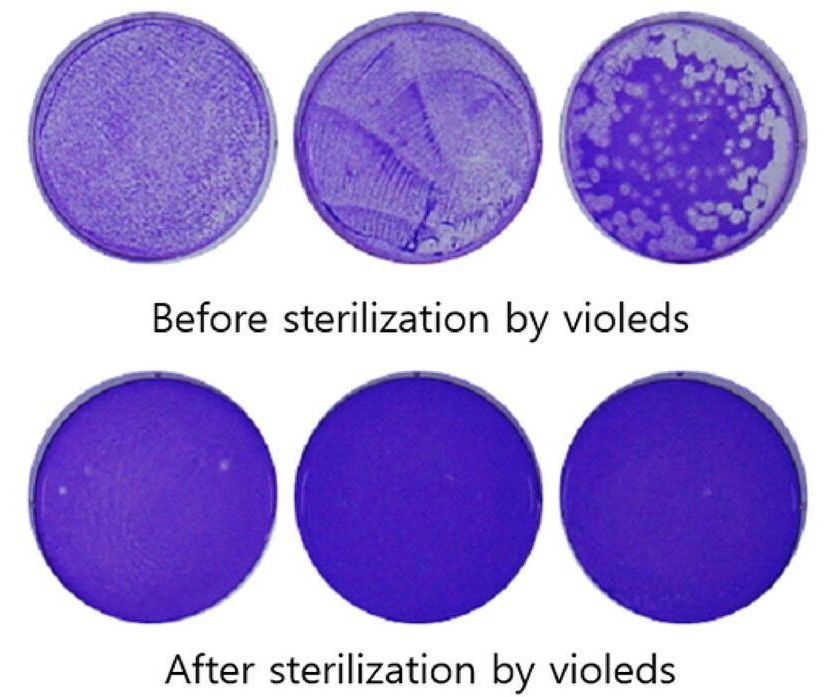Apr 23, 2021
Sixty-year-old question on DNA replication timing sequence answered
Posted by Genevieve Klien in categories: biotech/medical, genetics
Over the last 60 years, scientists have been able to observe how and when genetic information was replicated, determining the existence a “replication timing program,” a process that controls when and in what order segments of DNA replicate. However, scientists still cannot explain why such a specific timing sequence exists. In a study published today in Science, Dr. David Gilbert and his team have answered this 60-year-old question.
“Why would cells care about the order in which they replicate DNA?” asked lead scientist Dr. Gilbert. “After all—all cells need to replicate all their DNA. Our hypothesis has been that it’s not just DNA that replicates, but all of the regulatory molecules that read the DNA replicate as well.” Dr. Gilbert further hypothesized that there might be a purpose behind the replication timing program and process because “mother nature would not squander this opportunity to control how the DNA is read.”
“The time at which you replicate provides an ideal time at which to choose whether to maintain all the regulatory factors and continue with the same functional interpretation of the information in DNA or change it to elicit new functions,” explains Dr. Gilbert.
